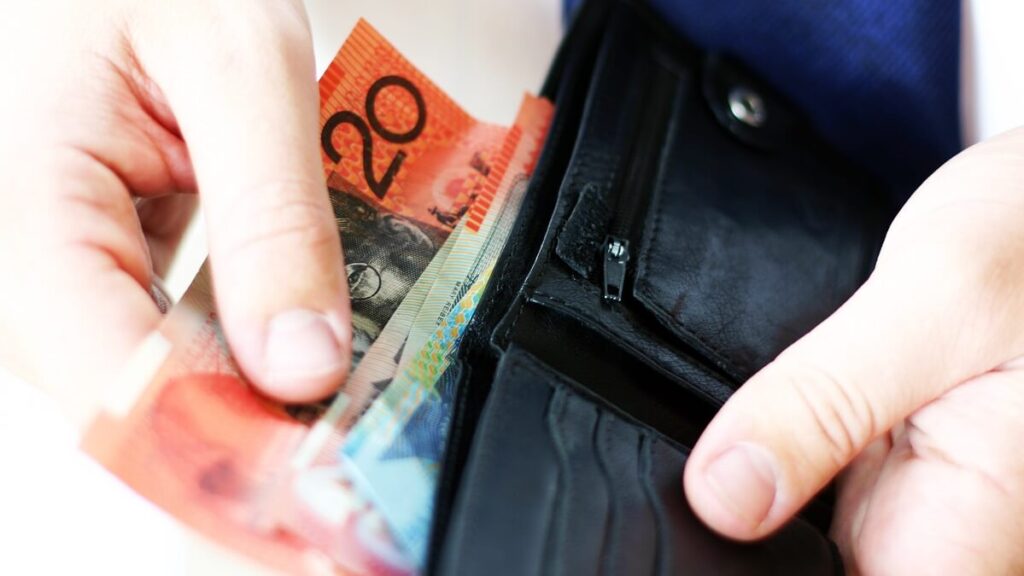Do you have avocados, pineapples and lobsters under your bed? Now, before that question takes you to a bizarre biological dreamworld, a clarification. In this case, the terms avocados, pineapples and lobsters are not a reference to fruit and seafood.
No, we’re talking about money – cash – specifically, $100, $50 and $20 notes, nicknamed for their colours as avocados, pineapples and lobsters respectively.
Why would you have them, or any other banknotes, for that matter, under your bed? Well, for many Australians, cash remains king or, in some cases, has recently reascended the throne. According to the Reserve Bank of Australia (RBA), over the past couple of years more people have been storing their wealth as cash – literally physical banknotes – than in the pre-COVID years.
Read: Can businesses legally refuse to accept cash?
In some ways, this flies in the face of what might have been expected during the pandemic. The risk of contracting or passing on COVID led to many retail outlets banning the use of cash, forcing many to become practitioners of contactless payment.
In theory, that should have led to a drop in the demand for cash, but the RBA’s 2022 annual report reveals the opposite to be true. According to the report, 2020 and 2021 were big years in terms of banknote demand as people showed what the report describes as “a desire to hold cash for precautionary or store-of-wealth purposes”.
On the other hand, the report says there has been an “ongoing shift in consumer payments away from the use of cash and cheques and towards cards and other electronic means of payment”.
Read: Latest RBA interest rate rise might be the last for some time
An indication of the changing nature of the demand for cash is the analysis of banknotes by denomination. “The growth in banknote demand was mostly driven by the higher denominations,” the report says.
The circulation of both $100 and $50 notes increased by 7.4 per cent in 2022, while the increase for $5 notes (1.6 per cent) and $10 notes (1.0 per cent) was well below the growth rate of the 10 years before that.
In short, the RBA’s statistics show that we’re using cash to stash, rather than cash to lash out on purchases.
Why Australians are now storing more cash is a matter of conjecture. The RBA speculates that the practice most likely reflects “the importance of cash as a store of value in times of uncertainty and dislocation”.
Read: Could ditching your card and using cash help you budget?
The COVID pandemic, no doubt, has contributed to this sense of uncertainty.
While cash as a savings storage method might not last, the RBA suggests the drop in cash as a method of payment almost certainly will.
“It is expected that the pandemic will have had a lasting effect on cash usage, with a survey of households conducted in late 2021 by the RBA suggesting around one-quarter of respondents have permanently reduced their preference for cash use as a result of the pandemic,” according to the report.
Banks may also be playing a part in this. As branches continue to close and ATMs become scarcer, it’s becoming harder and harder to withdraw and deposit our avocados, pineapples and lobsters.
Perhaps that’s why there are so many of them under the bed.
Have you changed the way you use cash in the past few years? Is cash no longer king in your world? Why not share your thoughts in the comments section below?

